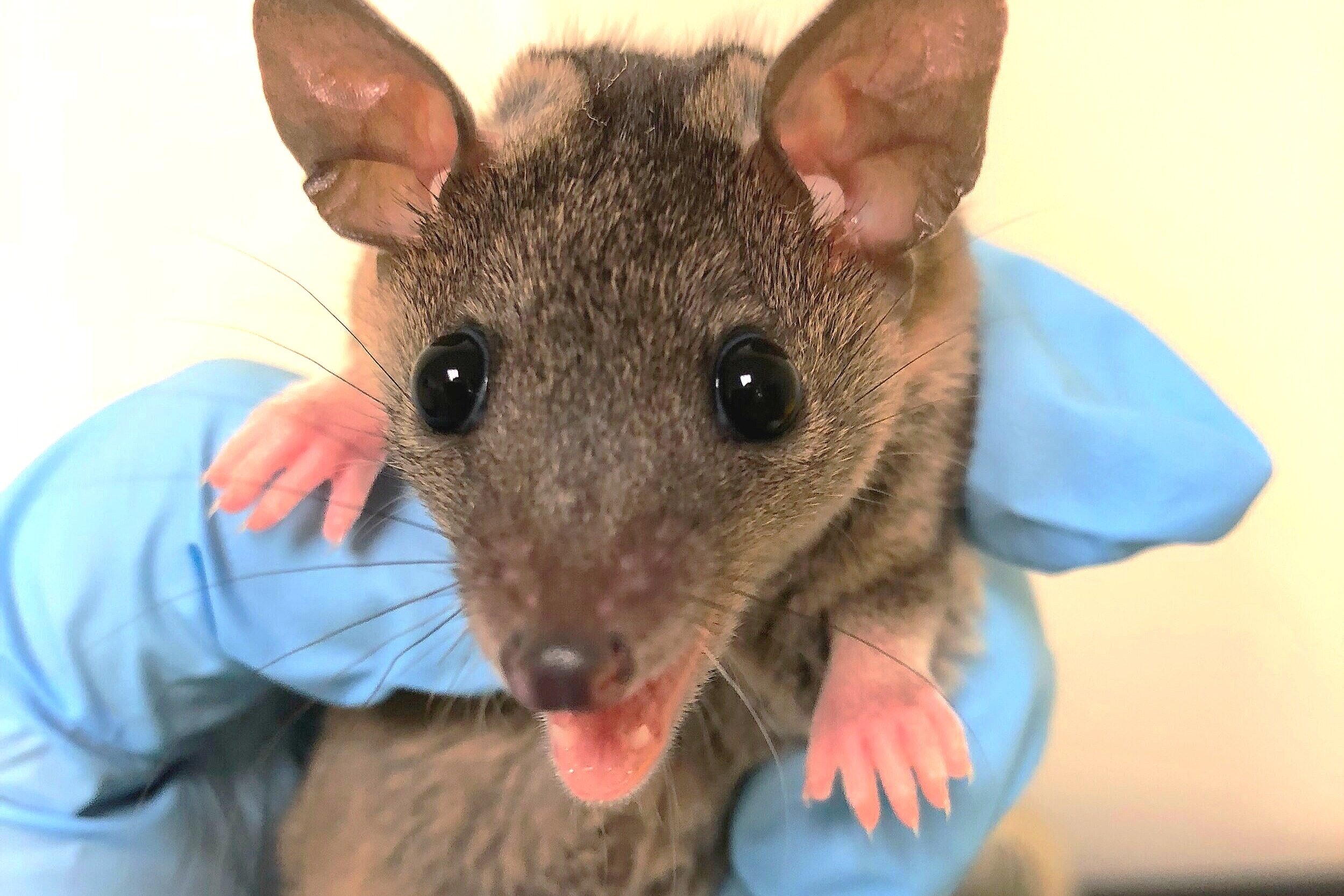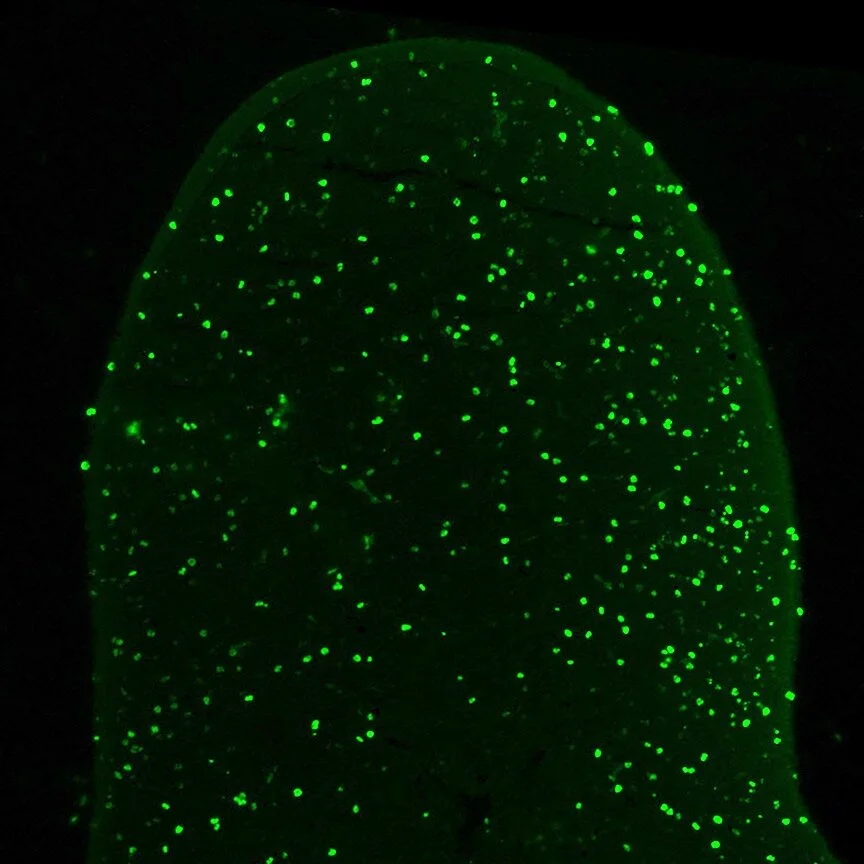Our research
Without an understanding of development, we cannot fully understand life on Earth.
An animal’s form is the end product of many interacting developmental processes. Variation in these processes allows mammals to adapt to changing environments but can also generate malformations, including in humans. Developmental variation thus presents a unifying concept for evolutionary biology and human medicine. Our primary research goals are to understand how developmental variation interacts with environmental factors to foster new adaptations in mammals, with implications for human health.












